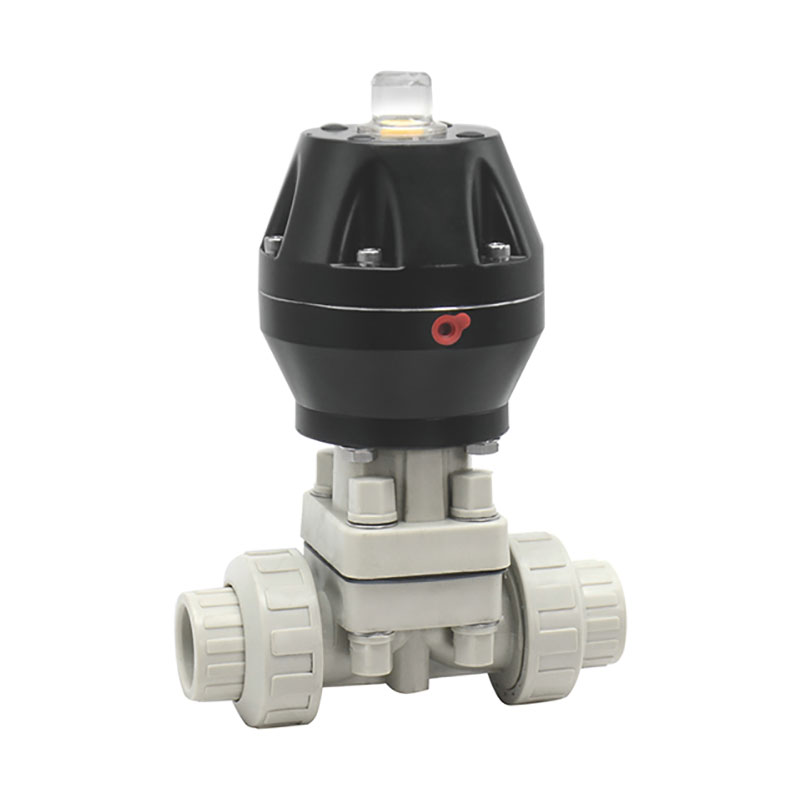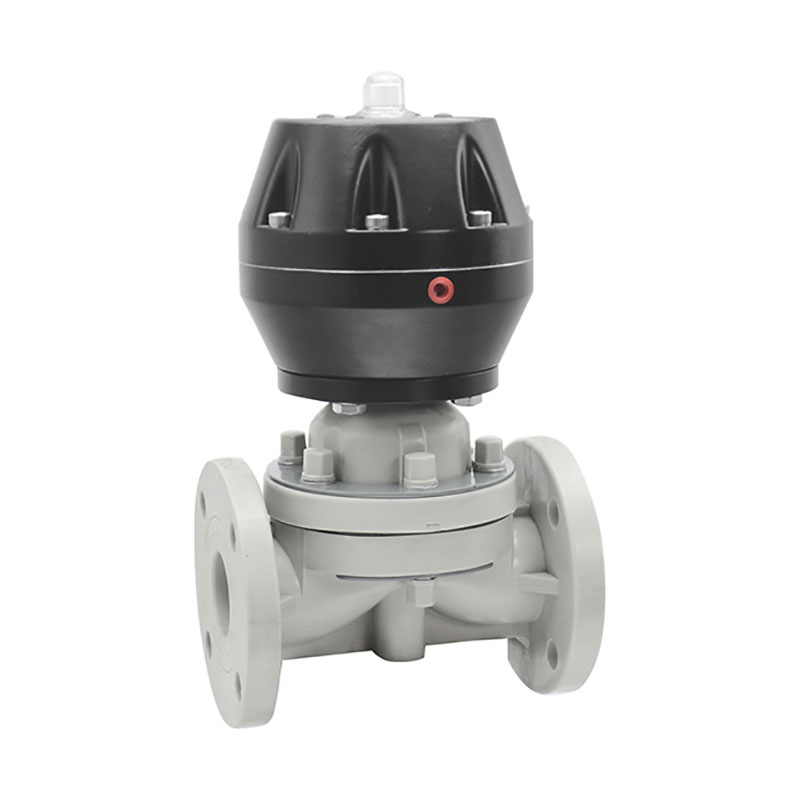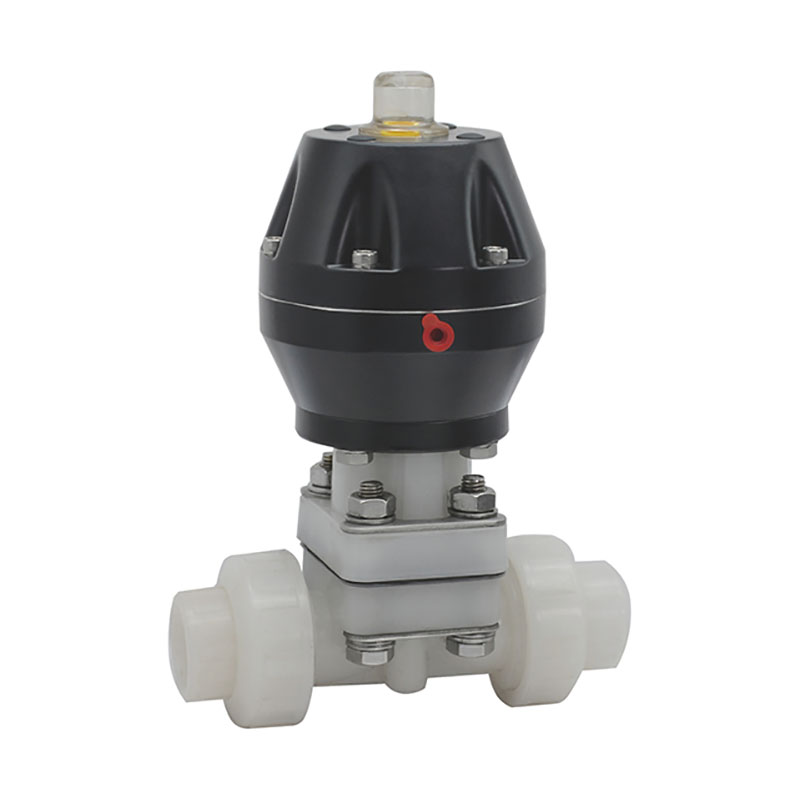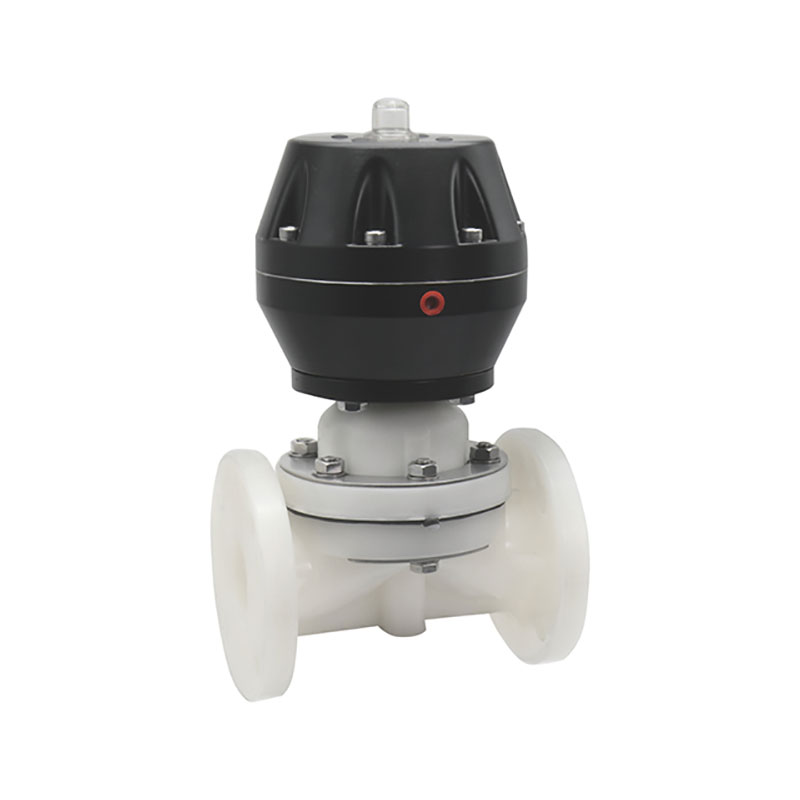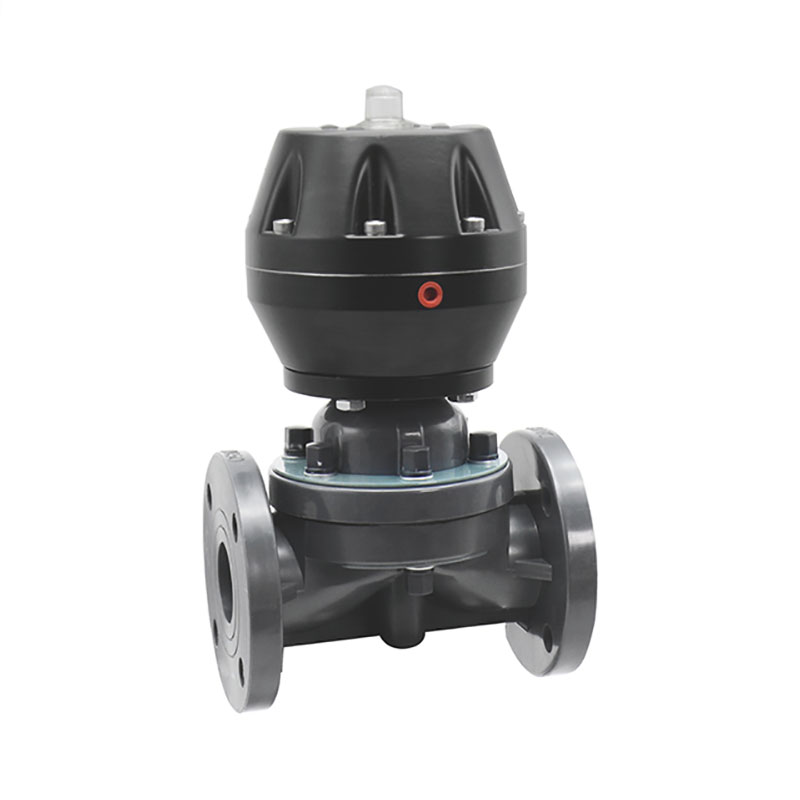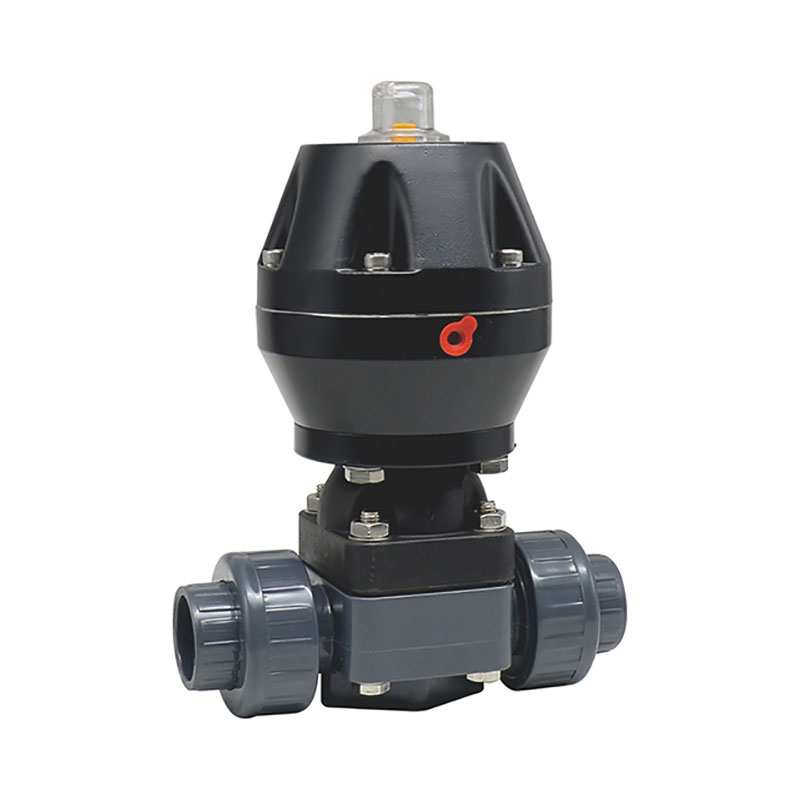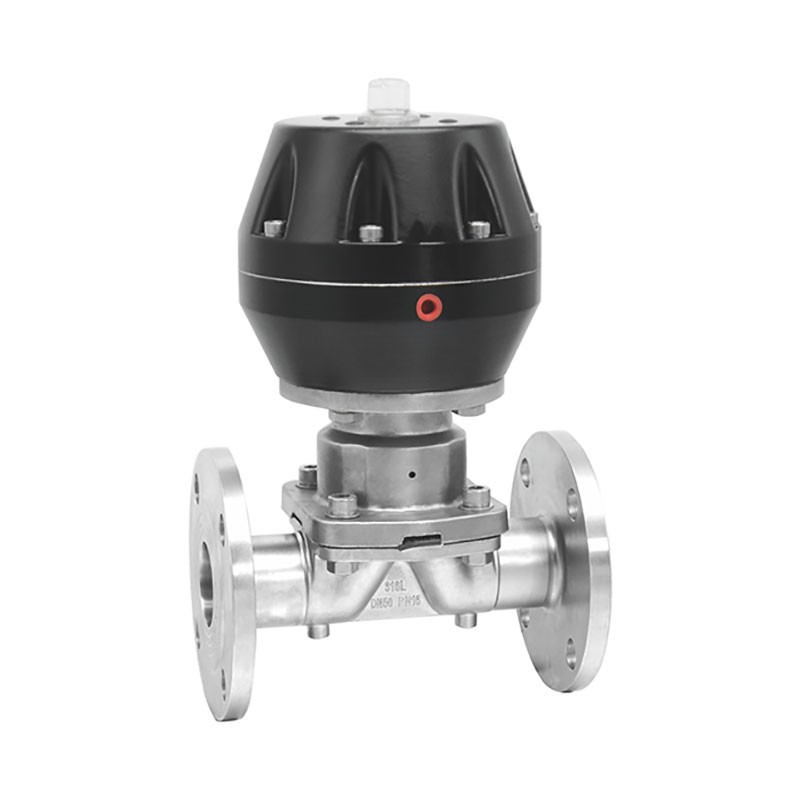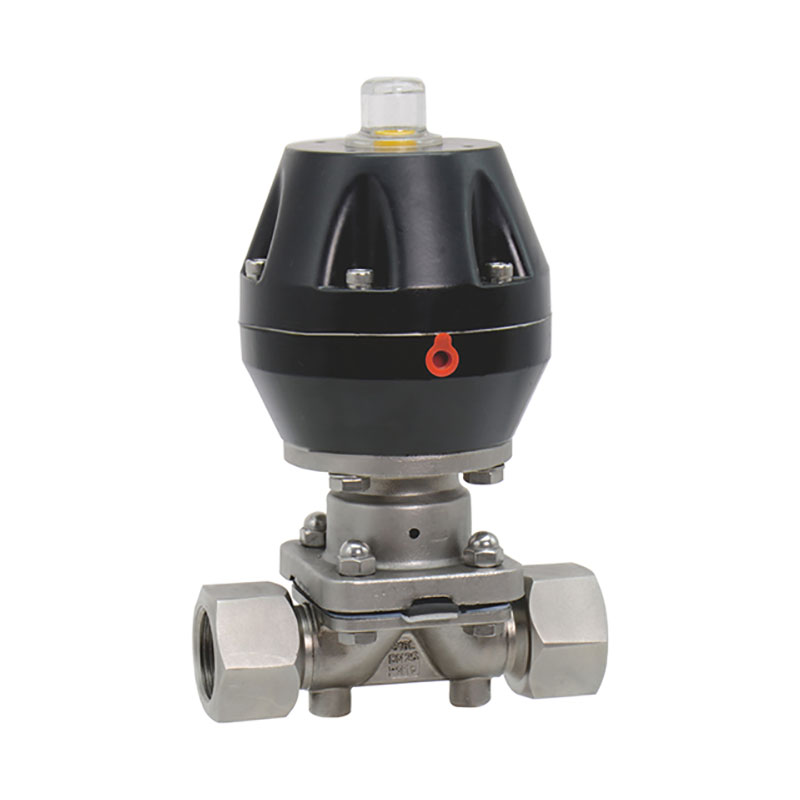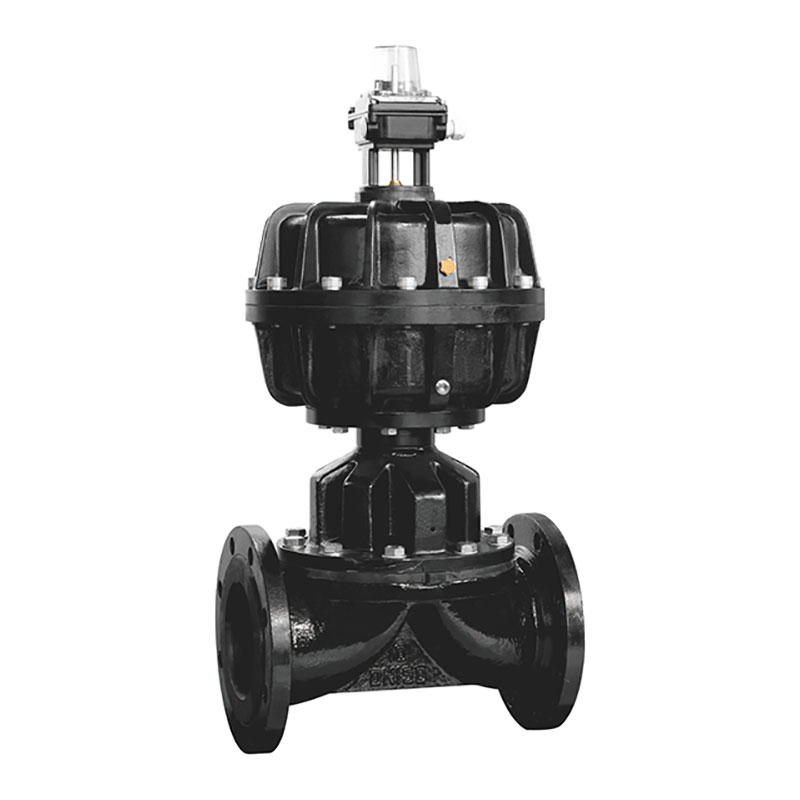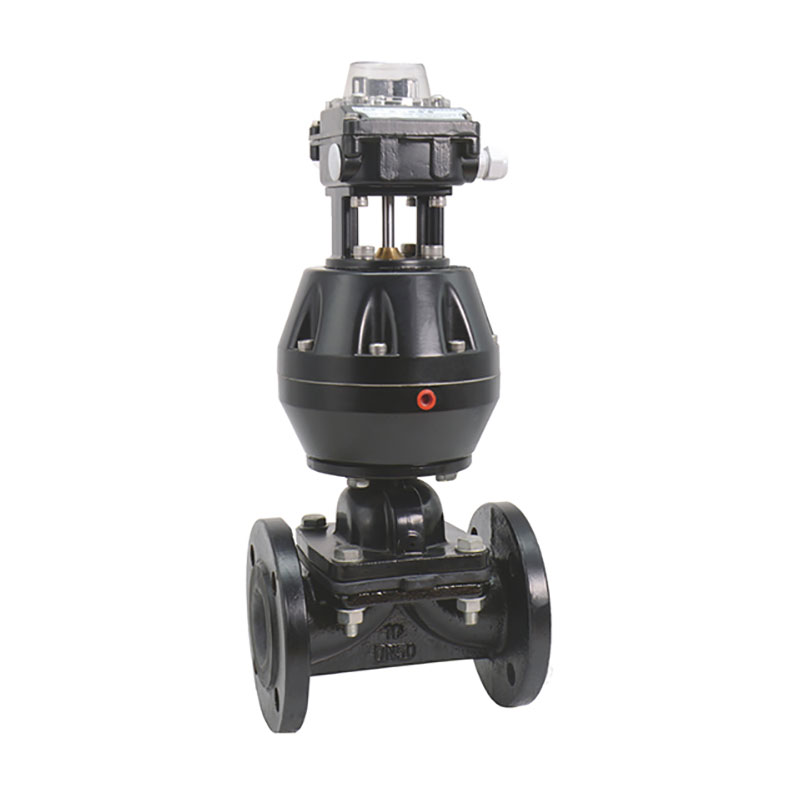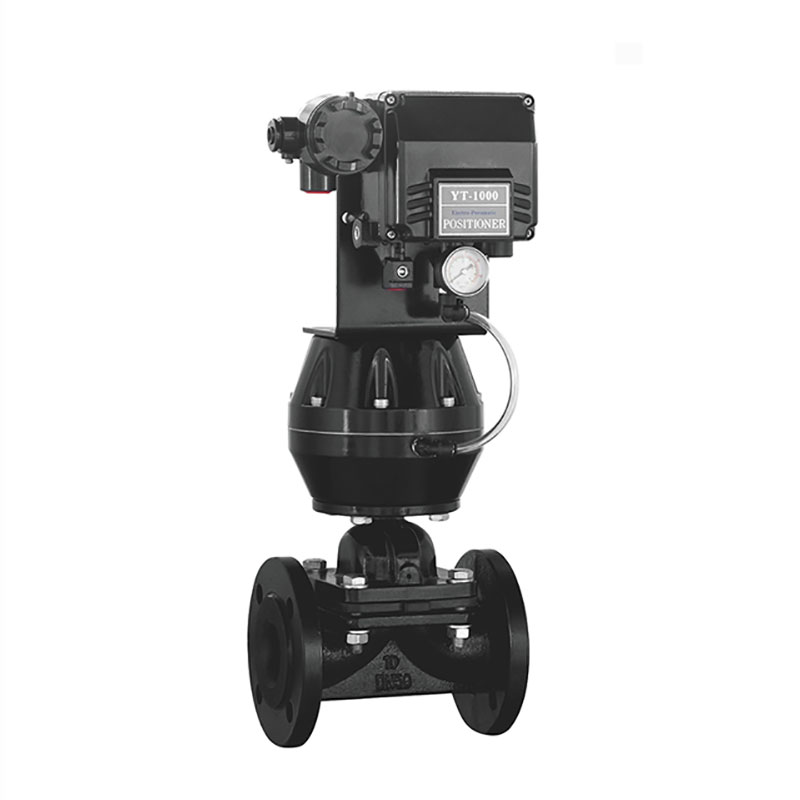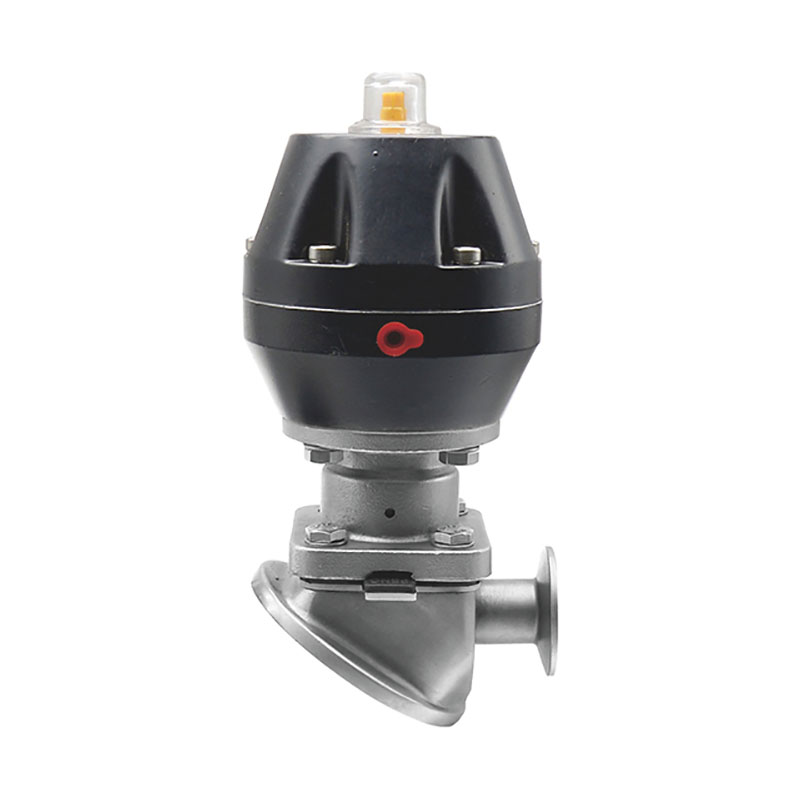Pneumatic Diaphragm Valve
What is a pneumatic diaphragm valve?
A pneumatic diaphragm valve is a crucial component in industrial fluid control systems, known for its reliability and versatility. It operates by using compressed air or gas to control the flow of fluids. Here's how it works:
Diaphragm: At its core, this valve features a flexible diaphragm, usually made of rubber or elastomer, which divides the valve into two chambers.
Actuation: When compressed air or gas is introduced into one of these chambers, it causes the diaphragm to flex or move, creating a seal between the diaphragm and the valve body. This action effectively shuts off or allows the flow of fluid through the valve.
Control: By regulating the pressure of the compressed air or gas, the degree of diaphragm flexion can be precisely controlled, allowing for fine adjustments in fluid flow. This makes pneumatic diaphragm valves suitable for applications where precise control is essential.
How does a diaphragm gas valve work?
A diaphragm gas valve operates on a similar principle as a pneumatic diaphragm valve but is specifically designed for controlling the flow of gases. It ensures a reliable and leak-free gas flow by using the diaphragm as a sealing element, just as in pneumatic diaphragm valves.
What is the difference between a diaphragm valve and a butterfly valve?
While both diaphragm valves and butterfly valves are used in fluid control systems, they have distinct differences:
Sealing Mechanism: Diaphragm valves use a flexible diaphragm to create a seal, while butterfly valves employ a disc-shaped butterfly-like plate to control the flow.
Applications: Diaphragm valves are often preferred for applications where a complete seal is critical, such as in pharmaceutical or food industries, as they offer excellent leak-tightness. Butterfly valves are commonly used in applications where flow control is the primary concern, such as in HVAC systems or large-scale industrial processes.
Control Precision: Diaphragm valves provide finer control due to their ability to modulate the diaphragm's flexion, making them suitable for applications requiring precise adjustments.
What is the function of diaphragm valve?
The primary function of a diaphragm valve is to control the flow of fluids or gases by regulating the movement of the diaphragm. It can be used for shut-off, throttling, or precise control of fluid flow, making it a versatile choice for various industrial applications, particularly those where hygiene, leak-tightness, or precise flow control is essential.
